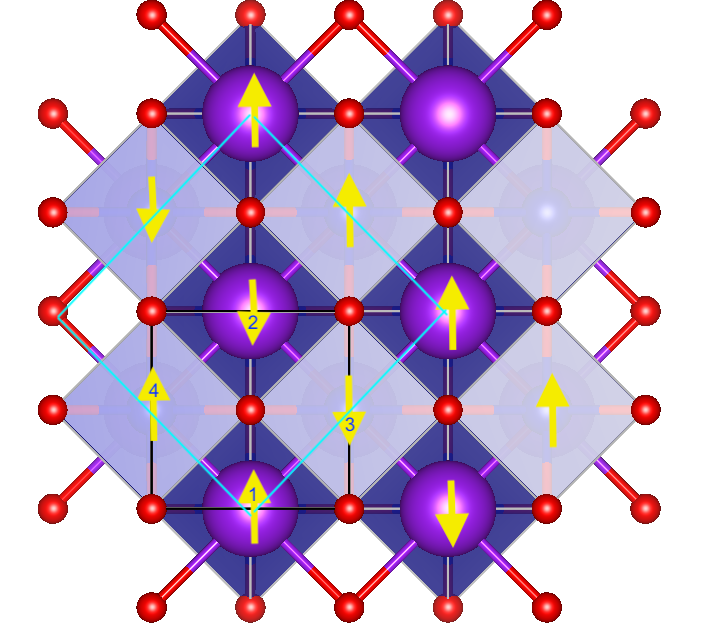Walter Lambrecht (CWRU)
Date: Mon. September 29th, 2025, 12:45 pm-1:45 pmLocation: Zoom & Rockefeller 221 (Foldy room)
Correlated electronic structure and magnetism in complex oxides: alkalicobaltates and vanadates
Walter Lambrecht
Department of Physics, Case Western Reserve University
Abstract: LiCoO2 is a well known cathode in Li batteries and it is a simple band insulator due to its octahedral coordination of Co, but nonetheless has some interesting surface and optical properties. NaCoO2 becomes a superconductor if we expand the distance between the layers. Is this related to the surface properties? What about even larger alkali ions like K (potassium)? KCoO2 has different crystal structures with square pyramidal or tetrahedral coordination. We studied how Co3+ with d6 in these unusual coordinations leads to interesting magnetic properties. Its P4/nmm structure is found to be an antiferromagnet with large magnetic moments, large excitonic effects and a structure closely related to that of the high Tc cuprates with square Co-O motives. In another structure, the 2d structure, KCoO2 may be an altermagnet. It shares this structure with chalcopyrite MnGeP2, which we recently studied and found to be also an altermagnet but with much large magnetic moment. In the last part of the talk, I will discuss bronzes of V2O5 like LiV2O5 and NaV2O5. The half filling of the dxy like lowest conduction band here leads to charge disproportionation as well as magnetic moments. We study the magnetic properties and spin waves of two structures, one with a symmetry breaking charge disproportionation into V4+ and V5+ (P21mn) and the other (Pmmn) with all equal V carrying half a Bohr magneton per V. Along the way, I will explain how we calculated magnetic exchange interactions from the transverse spin susceptibility based on quasiparticle self-consistent GW band structures.

Host: Shulei Zhang
